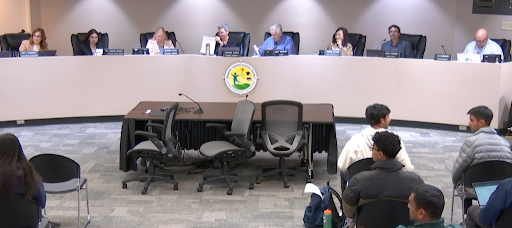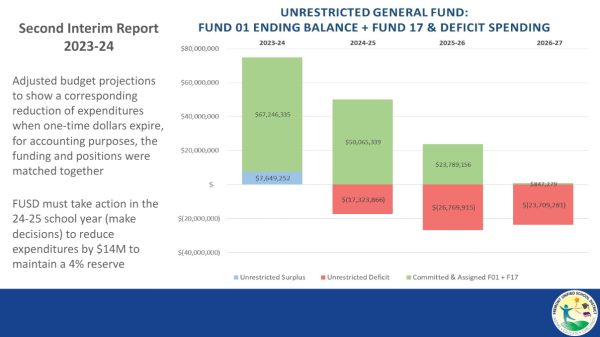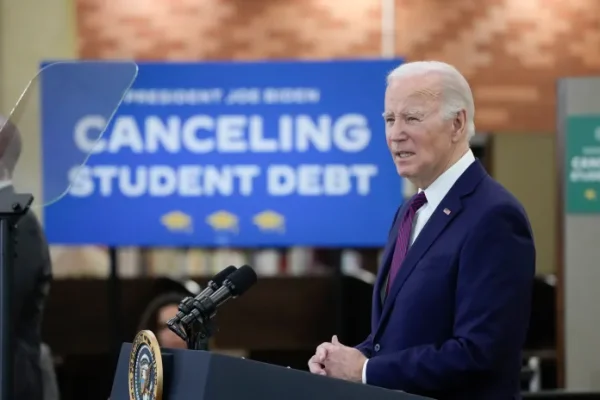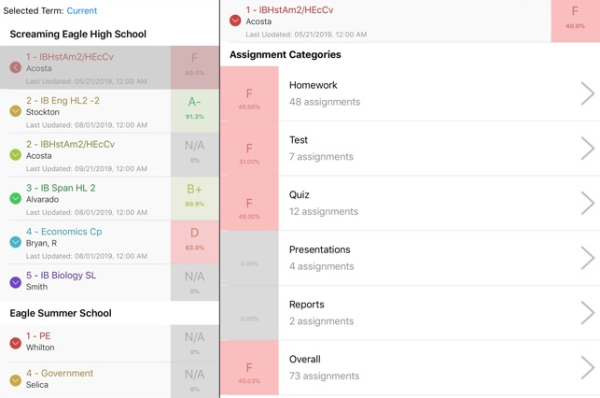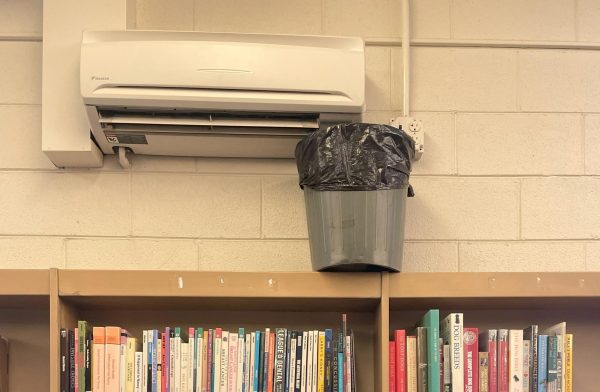FUSD Education Funding Broken Down

FUSD’s Projected enrollment is expected to continue to decline in upcoming school years, which will significantly lower the amount of funding given to FUSD through LCFF.
Public schools in California are funded primarily through the Local Control Funding Formula (LCFF) provided by the state. In the 2021-2022 school year, California spent over 66 billion dollars on FUSD’s LCFF, “an average of about $11,600 per student for approximately 5.7 million students” according to the California Legislative Analyst Office. This is lower than the national average, $12,291 per student. Yet, the cost of living in California overall is 39% higher than the national average, which justifies a higher average amount spent per student.
Based on a district base grant for each student depending on grade level, California determines the amount of LCFF funding each district receives through a formula dependent on the average attendance of school districts.
LCFF also provides 20% additional funding to schools that serve “high needs” students, such as students living in poverty or foster care, or even English language learners. Additional funding of 50% more per student is given to districts with over 55% classifying as “high needs.”
The LCFF makes up over 77% of FUSD’s funding at approximately 307 million dollars, including the $16.3 million supplemental grant for “high needs” students. FUSD’s 2021-22 enrollment declined 1,436 from last year, and is expected to decline an average of 393 students over the next 6 years. This decline in enrollment will continue to lower the amount of funding FUSD receives from LCFF.
“If a school district needs more money beyond the LCFF amount, the district cannot ask the state for more money,” according to the Alameda County Office of Education presentation on funding. “The school district will have to use other ways to make more money, such as a parcel tax or a bond. However, most of the time, this is not enough.”
As a response to declining attendance, Gavin Newsom, California’s Governor, proposed an increased cost-of-living adjustment (COLA) to LCFF, and an additional change to the LCFF formula in order to reduce the impact of declining attendance on district funding. Newsom proposed increasing COLA from 3.11% to 3.61% in the 2022-2023 year, calculated through a federal index that measures the change in services of goods.
Due to the low funding in California school districts, especially in districts with declining enrollment like FUSD, districts are forced to cut funding for school staff. “Because [teachers] are represented at the negotiating table, when times are tight, school districts tend to avoid cutting teacher positions,” states Ed100, which analyzes California Education Funding codes. “[School districts] instead sacrifice everything else they can first, including counselors and administrators.” Sacrificed funding for school counselors and administrators force school staff to cover a larger number of students, worsening the student to staff ratio already present in California schools.
Sources of funding for FUSD, including LCFF, are classified as restricted or unrestricted. Unrestricted funds represent the base funds for the operation of the district, which consist of largely salaries for teachers and staff. Approximately 77% of the unrestricted funds come from the LCFF general funds, while 12.1% come from state revenues. Restricted funds are funds reserved for specific uses with restrictions and must be reported to the state. Restricted funds come from sources like the LCFF supplemental grant, special education program, and other categorical funding.
In response to the COVID-19 pandemic, FUSD has allocated $8.4 million for the Elementary & Secondary School Emergency Relief III (ESSR III), which addresses the learning impacts of COVID-19, and $21.9 million for the Expanded Learning Opportunities Grants (ELOG), which addresses learning gaps in students.






